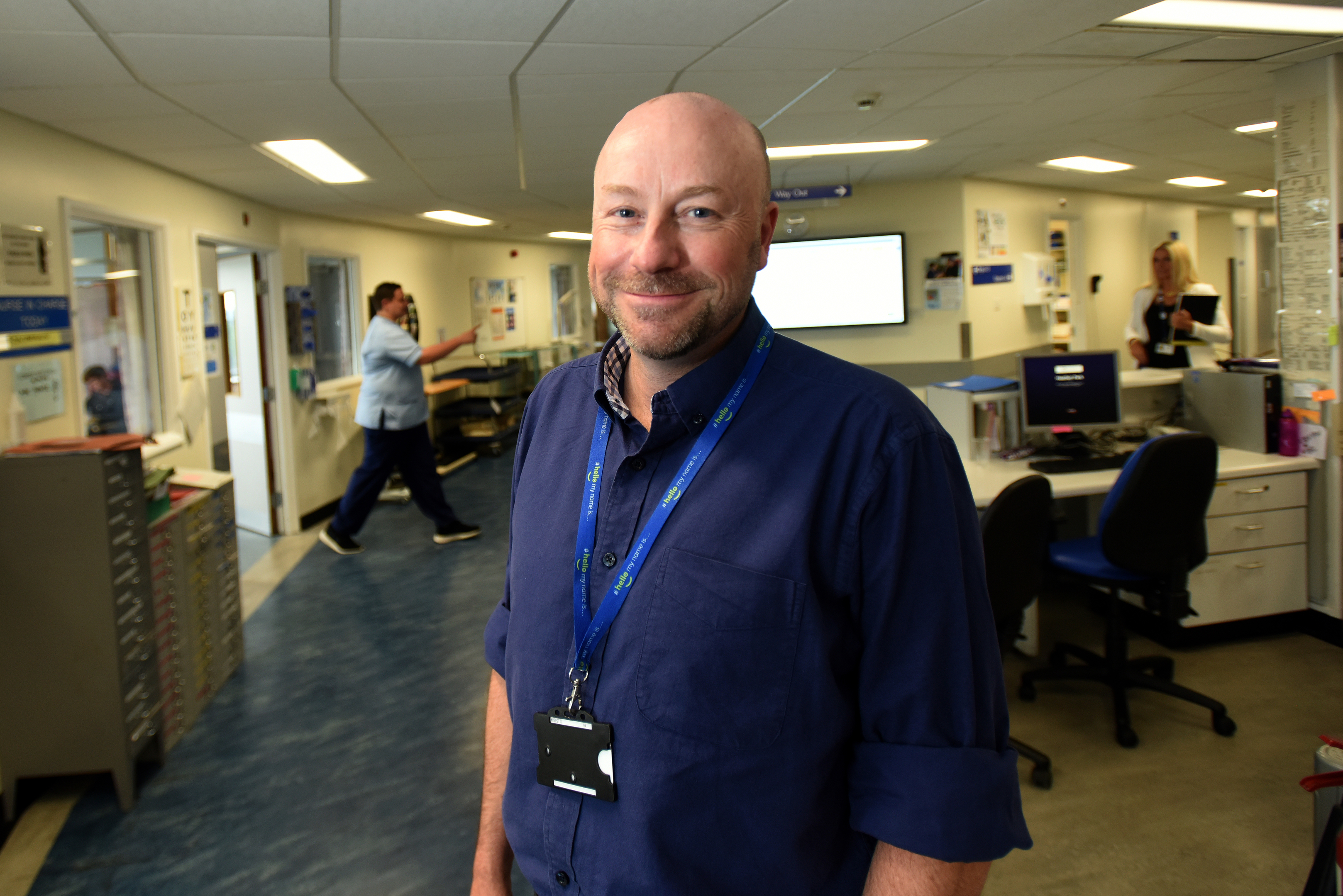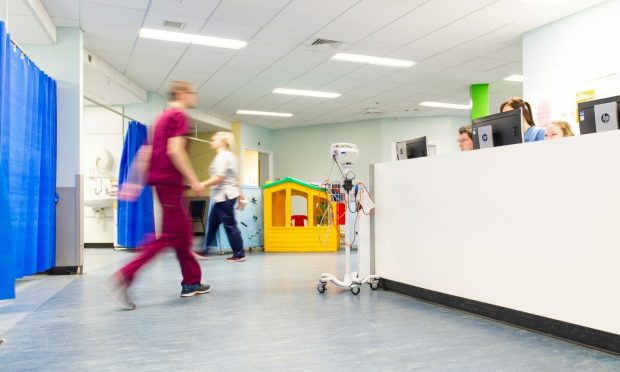Nearly half a million working hours were lost to NHS Tayside last year because of staff being absent on long-term sick leave.
Figures released by the cash-strapped health board under Freedom of Information legislation show 1,441 staff recorded sickness absences of more than 28 days during 2016.
More than half these staff – 821 – were nurses and midwives. Together they lost 290,241 working hours.
More than a third of the total absences – 144,584 hours – were because of anxiety, stress, depression or other psychiatric illnesses.
Between 2011/12 and 2015/16, NHS Tayside spending on bank nursing and midwifery staff rose from £565,000 to £5.54m.
It comes at a time when the board is being forced to make savings of £214m from its spending over the next five years.
Nurses and midwives make up more than 40% of the NHS workforce in Scotland, but a senior nursing union official said even more are needed to cope with the pressures being placed on the health service.
Royal College of Nursing senior officer Bob McGlashan said: “Nurses are the largest staff group working on the frontline of the NHS, so it’s not surprising they have the highest number of staff with sickness absence.
“The pressures on them are huge – demand for health and care services is rocketing and the number of staff is just not keeping pace with the number of patients they’re expected to care for.
“This is frustrating and demoralising for nurses who are working flat out, yet still feeling unable to provide the care they would like to as there’s just not enough of them to cope with the ever-increasing demands on their time.
“The number of vacant nursing posts does not help, either, with existing staff having to fill in as posts remain vacant. All this means that nurses are going to be burning out as a result of stress, and off sick.”
He added: “NHS Tayside has made some progress in protecting staff health and wellbeing, but more work needs to be done. Fully resourced occupational health teams can provide early support for staff who are too stressed to work and this might help – but what would help more is having the right number of nurses in the right place to care for patients .”
NHS Tayside is making some headway in reducing the number of hours lost to long-term sickness.
In 2015, 545 914 hours were lost, meaning more than a million working hours have been lost in just two years.
George Doherty, NHS Tayside director of human resources and organisational development, said: “NHS Tayside already has a successful track record of improving attendance by staff, consistently delivering absence rates better than many others across the country.
“We recognise that by supporting the wellbeing of those who work with us, we help improve patient outcomes and the delivery of safe, compassionate care.
“Sustaining a culture of staff wellbeing is a key priority for NHS Tayside and we work closely with our trades unions and a range of professionals to achieve this.
“Through that work, the Board has already introduced the ‘Live Positive’ toolkit for staff, providing advice and signposting on steps to cope with issues that affect them.
“Through our expert teams in both Occupational Health and Wellbeing Services, staff already have routes to seek support with their individual general wellbeing and mental health.
“Later this year we will also launch a framework that will further support individual staff taking ownership of their own physical and emotional wellbeing, helping them lead healthy lifestyles. This framework has been co-produced with our trade unions and professional experts.”










